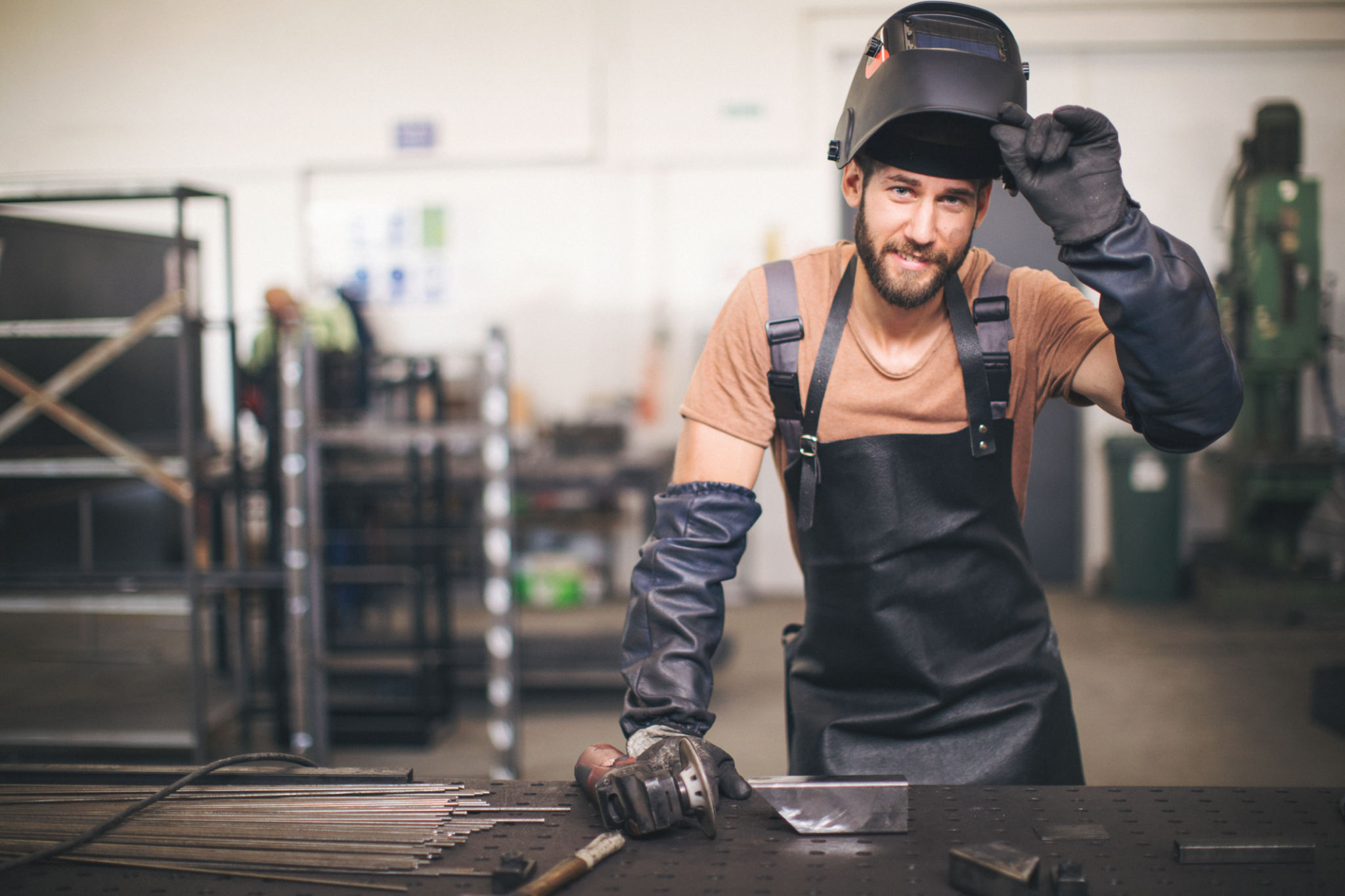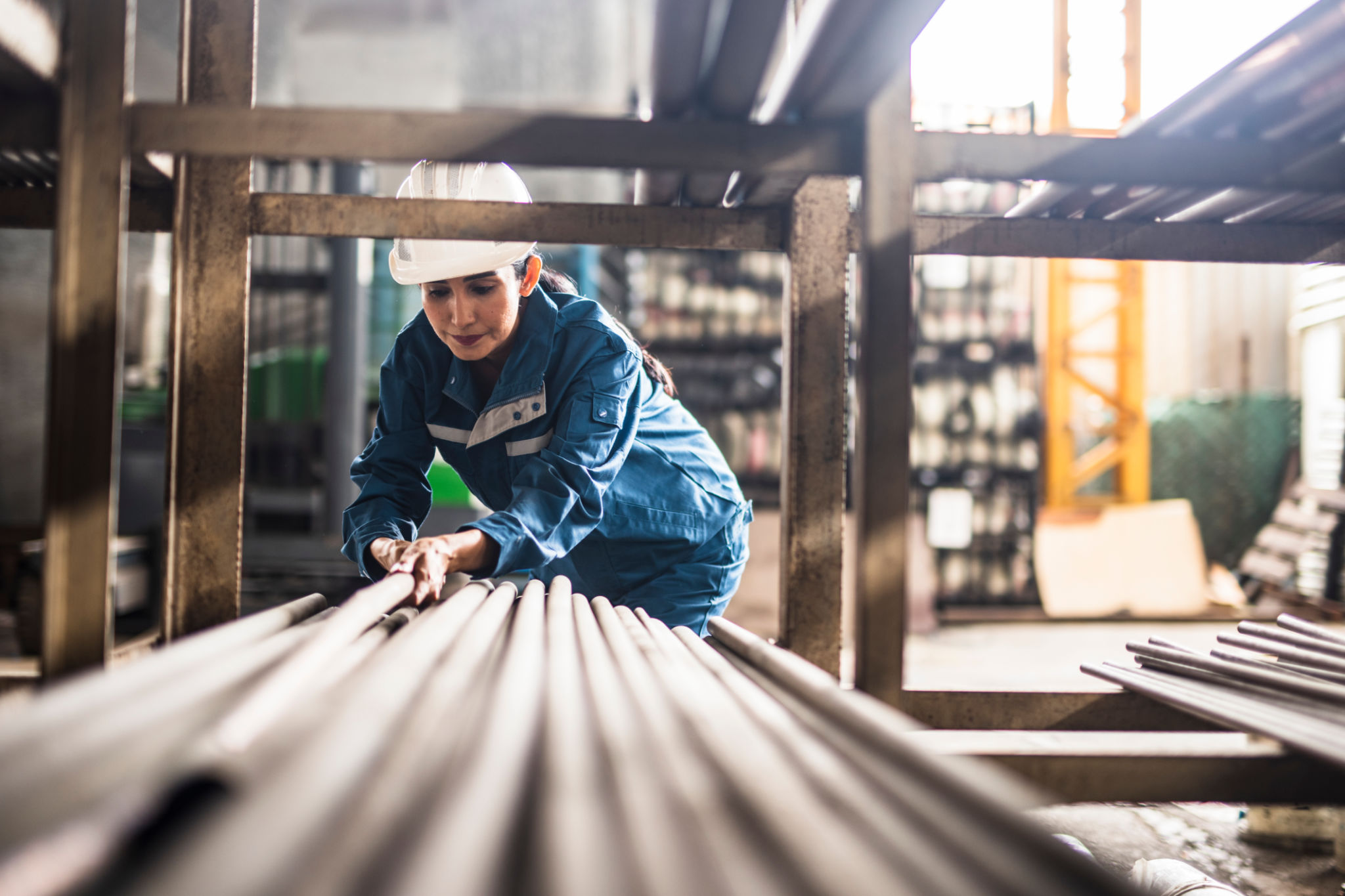Comprehensive Guide to Structural Fabrication Services
Understanding Structural Fabrication
Structural fabrication is an essential process in the construction and manufacturing industries, involving the cutting, bending, and assembling of steel or other metal components to create various structures. These structures can range from simple platforms to complex frameworks for buildings or machinery. The process requires precision, expertise, and the right equipment to ensure the integrity and safety of the final product.
Typically, structural fabrication is used in projects where durability and strength are paramount. By transforming raw materials into predefined shapes, fabricators can meet the specific needs of each project. Understanding the basics of this service is crucial for anyone involved in construction or engineering.

The Fabrication Process
Design and Planning
The first step in structural fabrication is the design phase. Engineers and designers work together to create detailed plans and blueprints. These documents outline the specifications of the structure, including dimensions, materials, and load requirements. Accurate planning ensures that the fabrication process runs smoothly and that the final product meets all necessary standards.
Material Selection
Choosing the right materials is critical for any fabrication project. The materials must be suitable for the intended application, whether it’s for structural support, aesthetic appeal, or environmental resistance. Common materials used in structural fabrication include steel, aluminum, and alloys, each offering unique properties that must be considered during selection.

Key Techniques in Fabrication
Cutting and Bending
Once materials are selected, they are cut and shaped according to project specifications. Cutting can be performed using various tools such as saws, lasers, or plasma cutters. Bending involves shaping the metal to achieve the desired angles and curves, often done with press brakes or roll benders. Both processes require precision to maintain the structural integrity of the components.
Assembly and Welding
After cutting and bending, the individual components are assembled into a cohesive structure. Welding is a common method used to join components securely. Proper welding techniques are vital as they ensure the durability and safety of the final product. Skilled welders use various techniques depending on the materials and requirements of the structure.

Quality Control and Testing
Quality control is an integral part of structural fabrication services. Throughout the process, each component is inspected for defects or deviations from design specifications. Non-destructive testing methods such as ultrasonic or radiographic testing may be employed to ensure joints and welds are free from flaws.
Rigorous testing not only guarantees compliance with safety standards but also enhances the overall reliability of the structure. By identifying potential issues early on, fabricators can make necessary adjustments before final assembly.
The Importance of Skilled Fabricators
The success of any structural fabrication project lies in the hands of skilled professionals. Experienced fabricators bring technical knowledge and craftsmanship to each project, ensuring that every component meets high standards of quality and precision. Their expertise is crucial in navigating complex projects and overcoming challenges that may arise during fabrication.
Investing in skilled labor not only improves the efficiency of the process but also contributes to the longevity and safety of the final structure. As such, selecting a reputable fabrication service provider is essential for any construction or manufacturing project.
